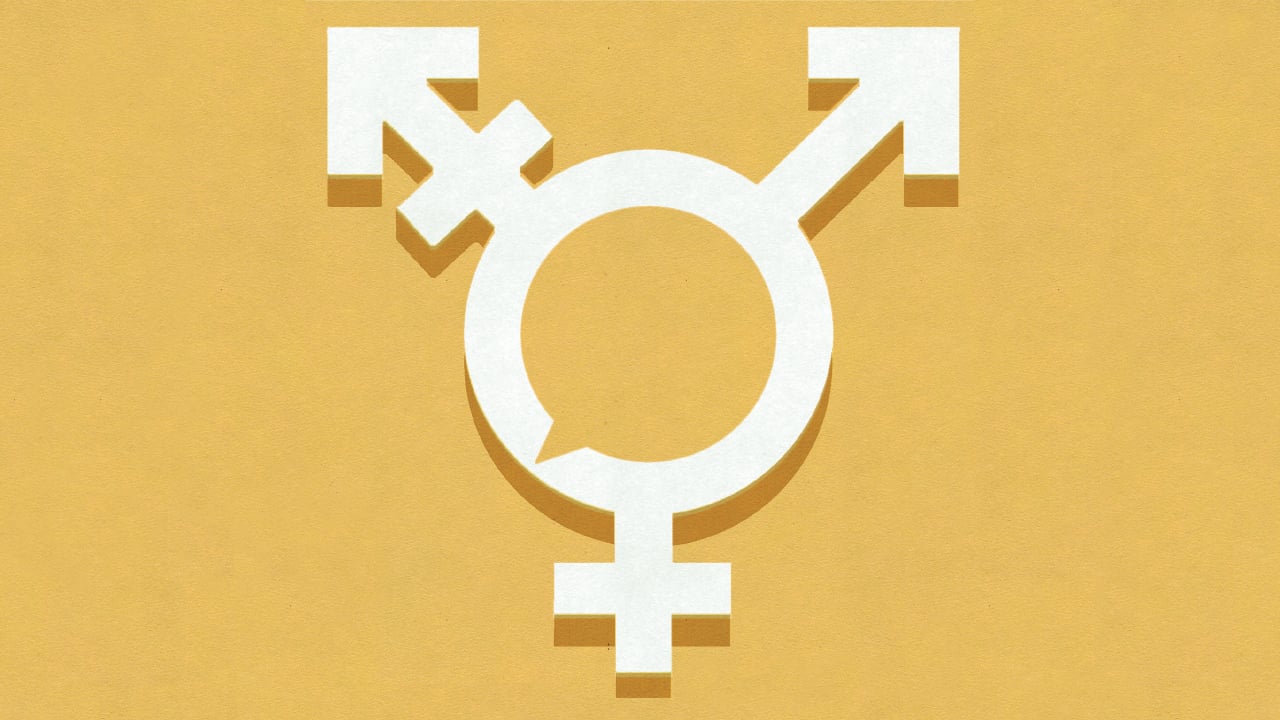Learning these terms now will help in your discussions about gender with your kids later. Here’s a breakdown of some key concepts.
Whether you’ve been discussing gender with your children since they were in diapers, or you’re just starting now that they’re in school (it’s never too late!), understanding these terms will help your talks go more smoothly. For more guidance, check out our age-by-age-guide.
Gender identity
A person’s internal and individual experience of gender. It is their sense of being a woman, a man, both, neither or anywhere along the gender spectrum.
Gender expression
The way a person publicly presents their gender. This can include behaviour and outward appearance, such as dress, hair, makeup, body language and voice. A person’s chosen name and pronouns are also common ways of expressing gender.
Assigned sex at birth
A child’s sex as designated by a doctor or midwife based on a brief examination of that child’s external genitals immediately after their birth.
Non-binary
A gender identity that is neither man nor woman—but sometimes between and sometimes beyond those categories.
Trans/transgender
An umbrella term for many people whose gender identity is not the typical pairing with their assigned sex at birth.
Cis/cisgender
A person whose gender identity is a typical pairing with their assigned sex; a person assigned female who identifies as a girl or a person assigned male who identifies as a boy.
Trans woman
A woman who was assigned male at birth but identifies and expresses herself as a woman.
Trans man
A man who was assigned female at birth but who identifies and expresses himself as a man.
Sexism
The belief that men and “masculine” things are more important and more valuable (or sometimes more natural) than women and “feminine” things. It is also used to describe the cultural systems that devalue women and femininity.
Gender policing
The process by which media, culture and society tell us that certain things are “feminine” and other things are “masculine.” This term is also used for the act of punishing people who do not conform to these cultural norms.
Deadnaming
The act of calling a trans person by their birth name (dead name) when they have changed their name as part of their transition.
